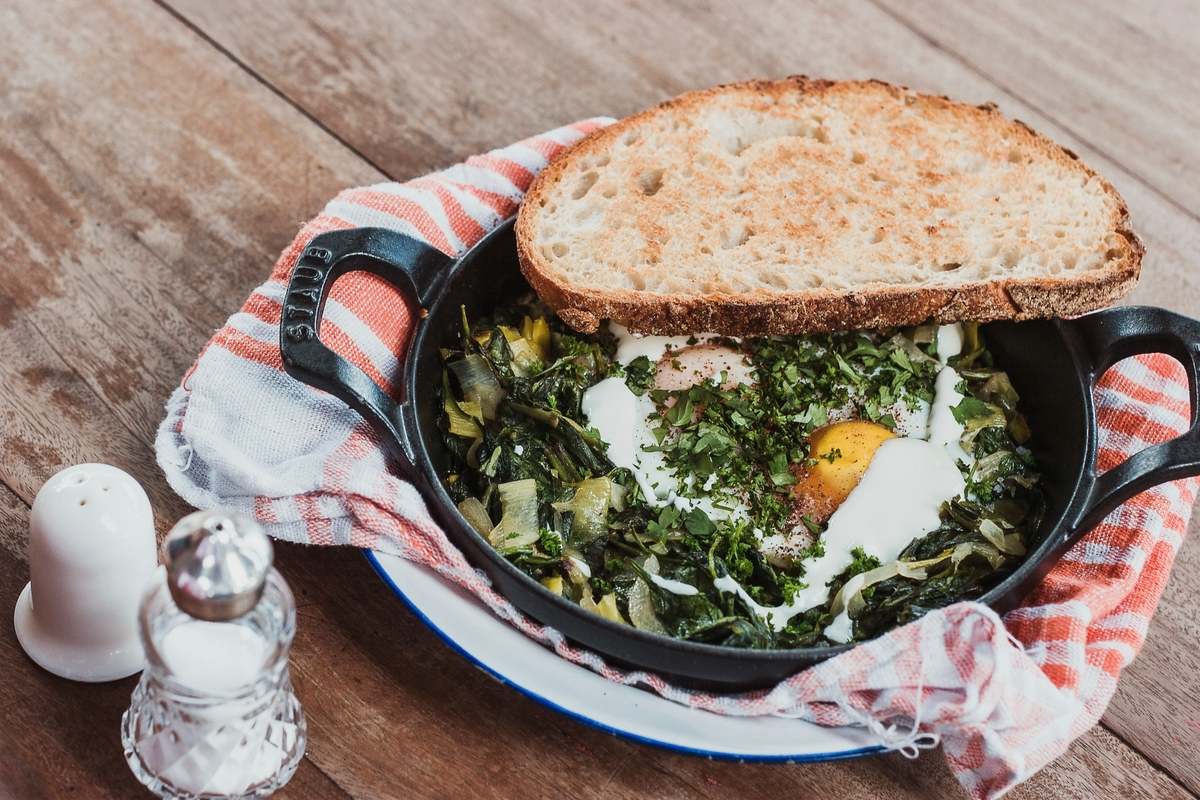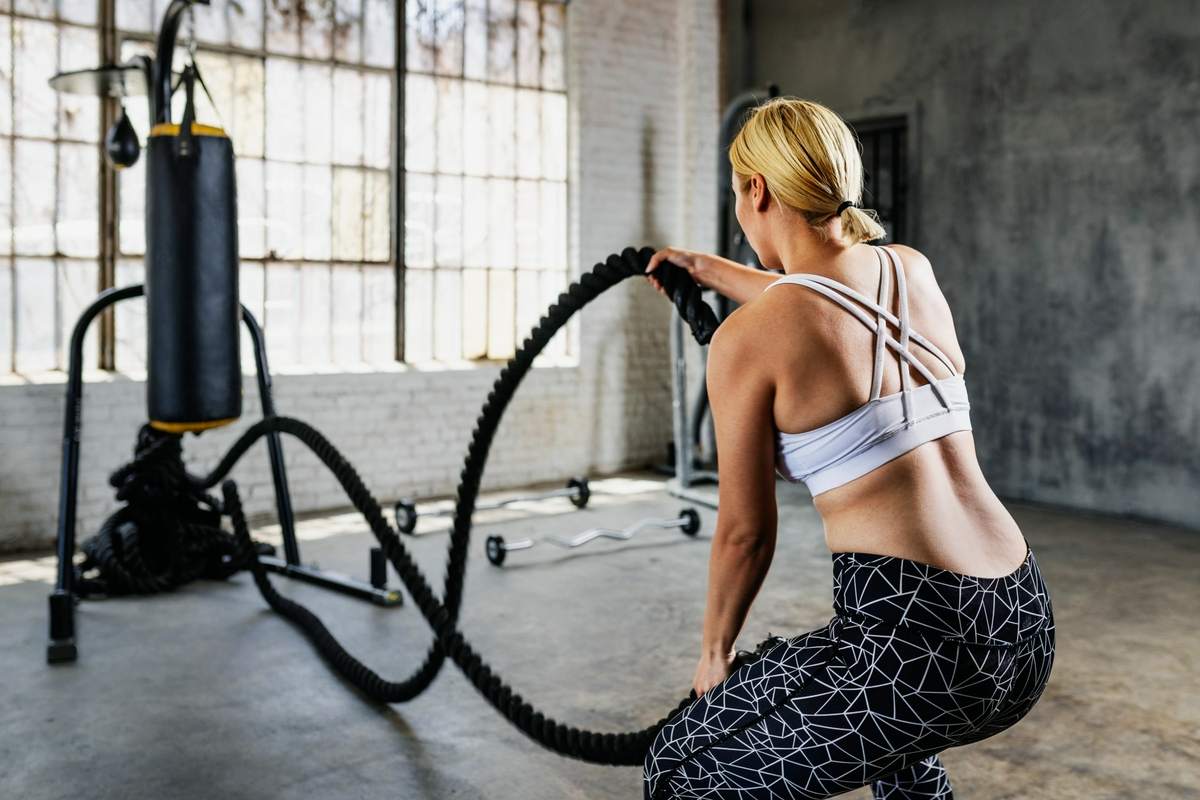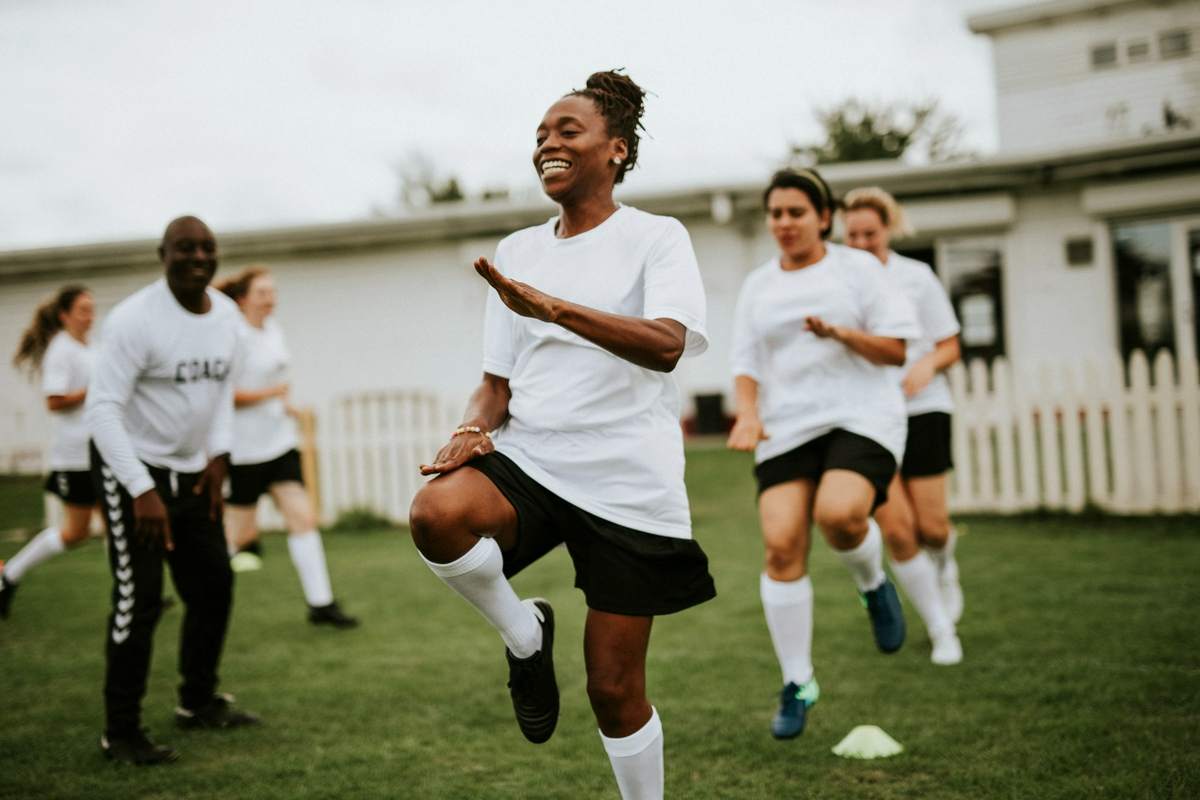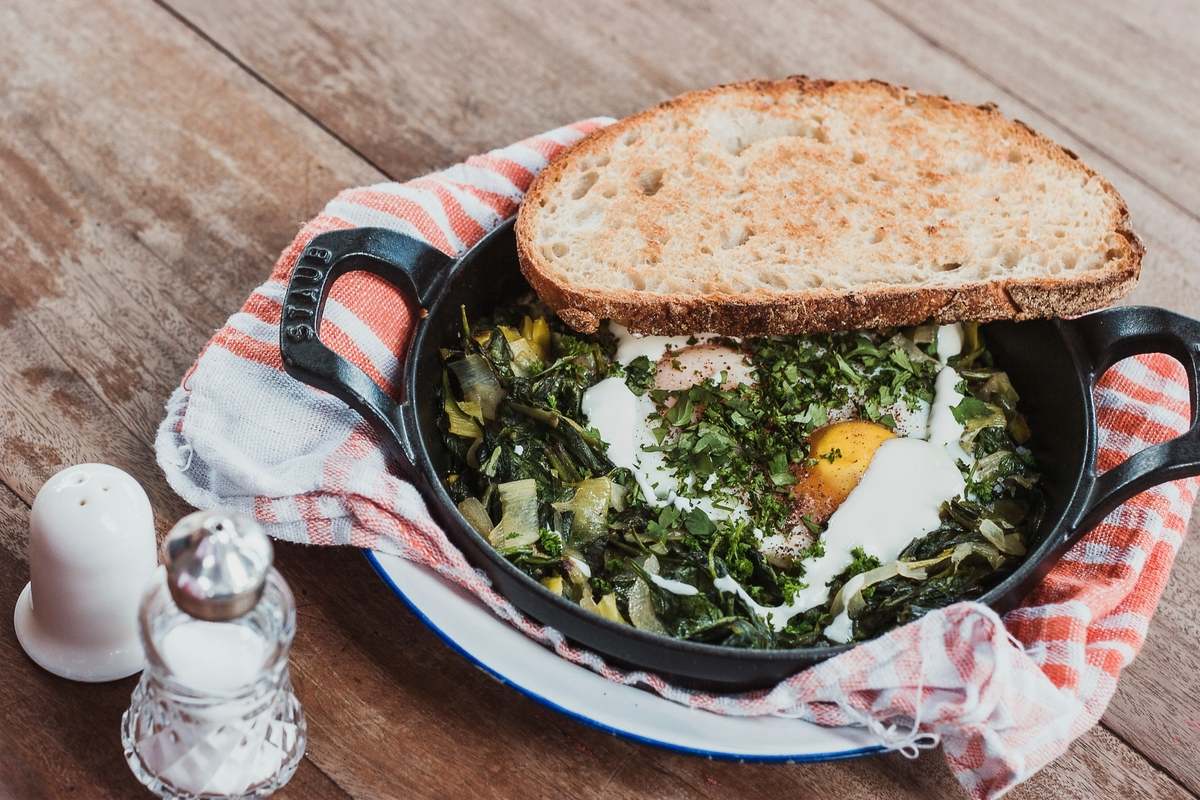Iron deficiency is considerably of a “silent epidemic” as a result of the signs are sometimes ignored as “day-to-day” tiredness. In the event you’ve been identified with low iron, you possibly can certainly relate to the sensation of fatigue that goes alongside it.
So, what’s train bought to do with it? Effectively, a bit, because it seems.
We check out what causes low iron and the way coaching load can have an effect on your iron ranges.
What’s iron and why do we’d like it?
Iron is a necessary dietary mineral that our physique must synthesise proteins that transport oxygen round our physique, and to type numerous enzymes required for our physique to provide power. Like many issues in life, we frequently don’t acknowledge how essential it’s till it’s lacking (or on this case, we turn out to be iron poor).
Given the function of iron in oxygen transport and power manufacturing, it’s not stunning that iron deficiency characteristically manifests as emotions of fatigue, lethargy and poor focus. In energetic people, it may also be recognized when exercises are perceived to turn out to be harder in comparison with ordinary.
Inside our physique, about two-thirds of the physique’s iron is discovered inside the oxygen-transport protein, haemoglobin, contained in our purple blood cells. An extra 10% certain to the muscle’s oxygen transport protein, myoglobin, and 5% in enzymes utilized in power metabolism. Any remaining intracellular iron is transformed into its storage type, serum ferritin. The physique is ready to mobilise serum ferritin to help itself if we aren’t consuming sufficient iron, but when this happens chronically, we could turn out to be iron poor and oxygen transport and power manufacturing start to get compromised.
What causes low iron?
Sadly, the physique can’t create its personal iron when it’s essential. Due to this fact, each day dietary consumption is crucial to accumulate and counteract our each day losses to maintain a wholesome iron stability. Although seemingly simplistic, replenishing our iron might be considerably difficult as a result of our physique usually solely absorbs ~2 – 35% of the iron we eat, depending on the supply. Due to this fact, to attain a wholesome iron stability, grownup males are really useful to devour 8 mg of iron per day, and pre-menopausal grownup ladies are really useful to devour 18 mg of iron per day (to account for menstruation).
Intuitively, if our dietary iron consumption doesn’t offset our iron losses, it leads to a destructive iron stability. Initially, this may trigger our physique to utilise out iron shops, however in time, our shops will turn out to be close to deplete and iron deficiency will ensue.

Who’s susceptible to iron deficiency?
Past the low, innate threat of iron deficiency we’re all topic to, it’s extensively recognised that females, and individuals who observe restrictive dietary patterns are at comparatively increased threat of growing iron deficiency. The first clarification for that is that extra iron is misplaced throughout menstruation and better each day iron consumption is required to counteract these losses.
Likewise, if not managed appropriately, restrictive diets could, deliberately or unintentionally, result in inadequate power consumption, and in parallel, inadequate dietary intakes of a number of micronutrients, together with iron. Extra particularly, vegetarians and vegans are at elevated threat because of the disparity in absorption charges of the 2 types of dietary iron. Haem iron, sourced from animal-based meals, is absorbed significantly higher than non-haem iron, predominantly present in plant-based meals (15-35% absorption vs 2-20% absorption, respectively). Due to this fact, whereas plant-based diets could obtain excessive iron intakes, our physique absorbs a smaller quantity of that (non-haem) iron. Due to this fact, it’s all the time suggested to seek the advice of educated dietetics personnel when making adjustments to your eating regimen.

How can train impression iron ranges?
There isn’t any doubt that iron, and its roles in oxygen transport and power metabolism, is prime to our train capability. Nonetheless, past the everyday 1-2 mg of iron we usually lose every day, there are additionally a number of exercise-induced avenues of iron loss that seemingly account for an extra 3-5 mg of iron loss per day.
These pathways for iron-loss embody sweating, gastrointestinal bleeding, microscopic quantities of blood misplaced by urine (haematuria) and the destruction of purple blood cells by way of weight-bearing exercise (haemolysis). That is compounded by the problem to replenish these misplaced iron shops by way of dietary iron when its absorption is so low.
Thus, it’s not stunning that avid exercisers are notably weak to iron deficiency. Added to the already low absorption fee of iron from the eating regimen, scientists have just lately proven a powerful affiliation between train and the physique’s key iron absorption regulator, the hormone hepcidin.
Hepcidin is produced by the liver and acts to scale back the absorption of dietary iron and cut back the physique’s capability for iron recycling. Analysis persistently exhibits a 2- to 4-fold improve in hepcidin ranges about 3 hours following train, suggesting that there could also be a post-exercise interval of diminished iron absorption. This post-exercise hepcidin response and secondary lower in iron absorption, additional complicates replenishing taxed iron shops for energetic people.
So what does this imply for athletes or folks with excessive coaching volumes?
Athletes, notably endurance athletes, are usually endeavouring to incite physiological diversifications that will solely be maximised within the presence of sufficient iron provide (e.g. elevated haemoglobin for improved oxygen transport). Their elevated iron demand, coupled with the a number of avenues of iron loss they cope with throughout train makes them extra vulnerable to iron deficiency.
Regardless of it being generally acknowledged that athletes have a larger iron requirement, there may be but to be any athlete-specific dietary iron suggestions established to assist them keep wholesome iron stability.
Regardless, athletes are discouraged from taking iron dietary supplements with out consulting a physician. As a substitute, it’s suggested that athletes have common annual, standardised iron screening to make sure early detection of destructive iron stability. Feminine athletes, or athletes with a historical past of iron deficiency, ought to goal to get an iron screening each 3-6 months.

Must you take into account iron supplementation?
Clinically, early levels of iron deficiency are recognized when our iron shops (serum ferritin) fall beneath 35 μg·L-1. The extra extreme stage of iron deficiency, often called iron deficiency anaemia, established when haemoglobin falls beneath 12.0 g·dL-1.
Growing dietary iron consumption is often the preliminary, and most conservative therapy for low iron, and may begin with an entire dietary evaluation by a professional dietitian. Nonetheless, for quite a lot of causes outlined above (poor absorption, dietary desire, train, menstruation), it might not all the time be attainable to fulfill your iron necessities by eating regimen alone.
In these circumstances, iron supplementation needs to be thought-about in session with a physician. Following a dietary intervention, practitioners will usually advocate each day oral iron supplementation for 4-6 weeks. In the event you determine with any of teams thought-about to be at elevated threat of iron deficiency (i.e. females, restrictive/plant-based diets, common train), or start to expertise tiredness, lethargy, dizziness or poor focus, I’d encourage you to talk to a physician about having your iron standing checked.
Suggestions for enhancing iron ranges
Want to spice up your iron ranges? Take into account the next…
Seek the advice of a educated dietitian
I’ll all the time advocate to seek the advice of educated dietetics personnel in case you’re trying to change/enhance your general eating regimen or iron consumption. Whereas it’s usually a case of merely being extra conscious of your private iron necessities and which meals are wealthy sources of iron, nuances round iron absorption and the timing of iron consumption could make enhancing your iron standing extra complicated.
For instance, dietary iron absorbed from plant-based sources (non-haem) is profoundly influenced by the interplay of a number of iron-binding compounds generally discovered within the eating regimen. In some situations, these act to advertise iron absorption, although extra regularly continuing to inhibit iron absorption.
Some widespread examples of food-constituents that lower non-haem iron absorption are
- phenolic compounds, together with polyphenols and tannins contained in tea, espresso and different plant meals
- phytates: present in whole-grain cereals, legumes and nuts
- calcium: present in dairy meals and inexperienced leafy greens.
Although not all the time sensible, it is strongly recommended to keep away from an abundance of those meals whereas consuming your high-iron meals to be able to maximise iron absorption. Quite the opposite, ascorbic acid, extra generally often called vitamin C, is essentially the most highly effective promoter of non-haem iron absorption and may coincide with iron consumption if attainable.
Timing issues
Analysis has proven that hepcidin (our iron regulatory hormone) tends to be decrease within the morning in contrast with the afternoon. This means that iron absorption is probably going additionally going to be larger within the morning.
Moreover, in a examine that investigated how the timing of train influenced iron absorption, researchers famous that the best absorption of iron was seen when athletes consumed a excessive dose of iron inside half-hour of ending train (earlier than hepcidin elevated at ~3 hours after train).
READ MORE LIKE THIS,


